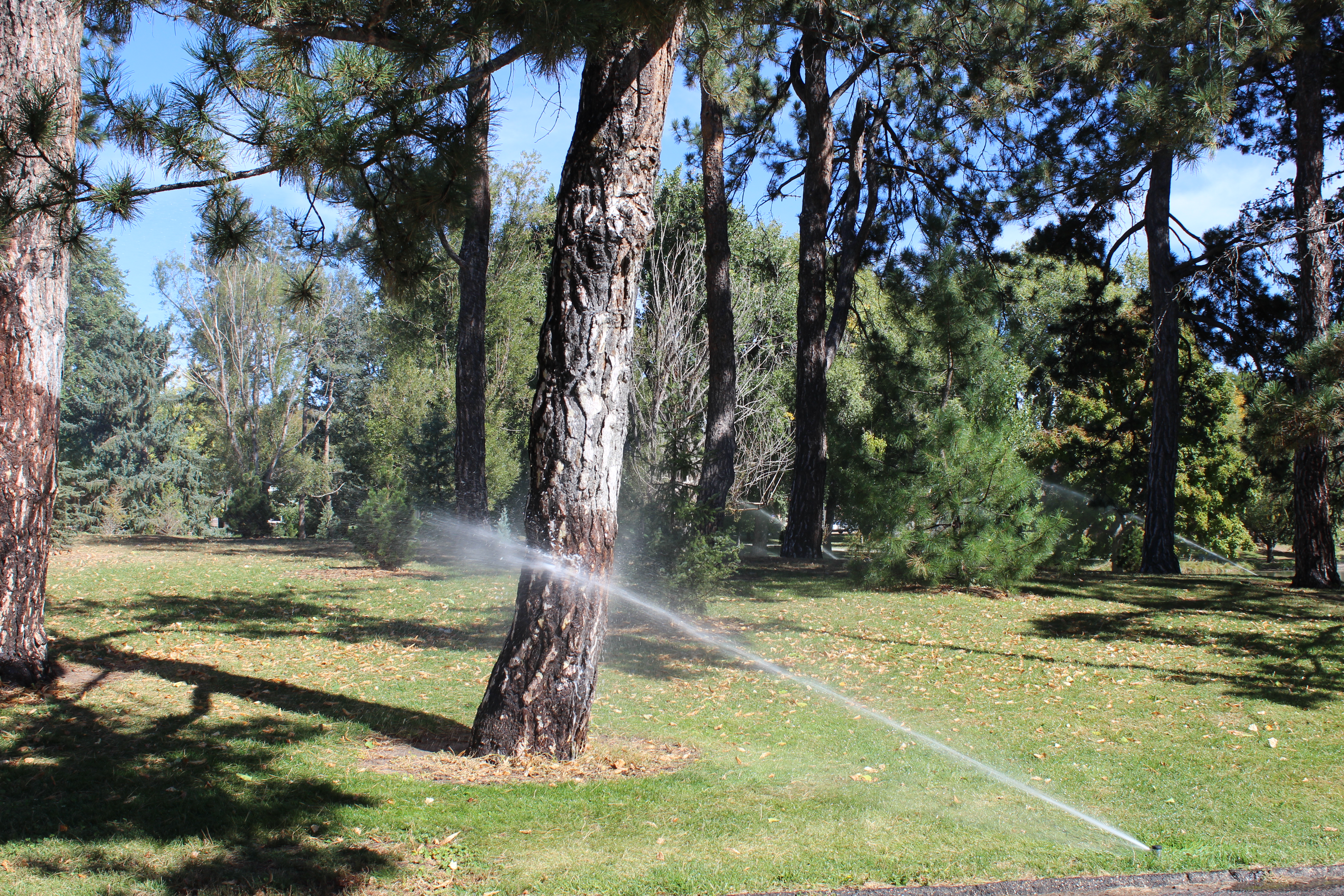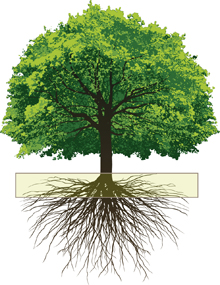
When is it OK to water in the winter?
While mountain snowpack levels are doing well, it was a very warm and dry February on the Front Range. Warm temperatures and lack of moisture might make it tempting to start watering early this year.
Not so fast, says Denver Water conservation manager Jeff Tejral.
“It’s too early to turn on your irrigation systems, but occasional hand-watering in the winter is especially helpful for newly planted trees, shrubs, plants and grass,” he said. “A few gallons go a long way this time of year.”
Tejral says watering one or two times per month during dry stretches is plenty to prevent root damage that affects the health of the entire plant. He also recommends starting by identifying trouble spots in your landscape.
According to the experts at the Colorado State University Extension, in winter, you should apply around 10 gallons of water per watering for each inch of tree trunk diameter, and anywhere from 5 to 18 gallons per month for shrubs (depending on the size of the plant).
Other winter watering tips include:
- Water only when air and soil temperatures are above 40 degrees Fahrenheit with no snow on the ground. Use the screwdriver test to make sure your soil isn’t frozen, as frozen soil won’t absorb water.
- Apply water within the dripline — the most critical part of a tree’s root zone. Established large trees have a root spread equal to or greater than the height of the tree.
And while you’re tending to your trees and plants as winter heads into the home stretch, it’s also a good idea to think about any changes you might want to make to your landscape this year.
- The Associated Landscape Contractors of Colorado has a number of tips, ideas and resources if you are thinking about redesigning your landscape.
- The Center for ReSource Conservation’s Garden In A Box program offers a simple approach to water-wise gardening.
“There are plenty of ways to rethink and reimagine your landscape to save money, time and water, all while keeping it beautiful and functional,” said Tejral.


